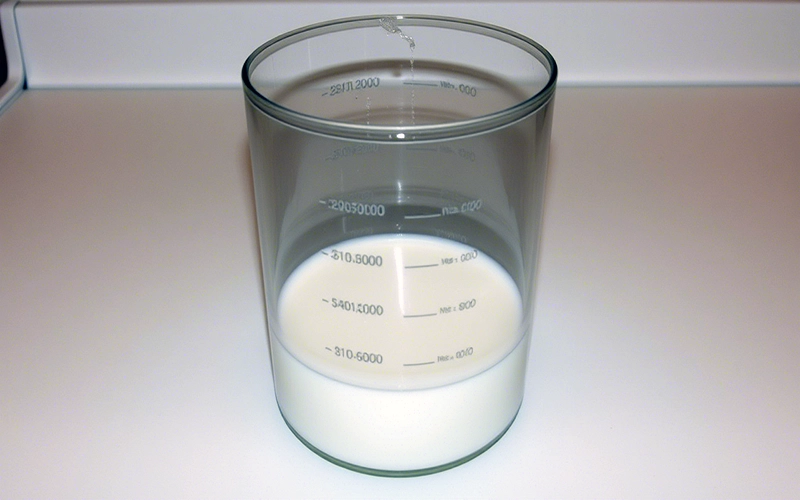Silicate binders are a class of inorganic binding agents that have gained significant attention in various industries due to their unique properties, environmental benefits, and versatility. These binders are primarily composed of silicate compounds, which are derived from naturally occurring minerals such as quartz, feldspar, and clay. The most common types of silicate binders include sodium silicate (water glass), potassium silicate, and lithium silicate. These materials are widely used in construction, foundry, refractory, and coating applications.
One of the key advantages of silicate binders is their excellent adhesive properties. When mixed with water or other activators, silicate binders form a strong, durable bond with a variety of substrates, including metals, ceramics, and aggregates. This makes them ideal for use in mortars, grouts, and coatings, where high strength and resistance to environmental factors are required. For instance, sodium silicate is often used as a binder in the production of fire-resistant materials due to its ability to withstand high temperatures without decomposing.
Another significant benefit of silicate binders is their eco-friendliness. Unlike organic binders, such as epoxy or polyester resins, silicate binders are non-toxic, non-flammable, and produce minimal volatile organic compounds (VOCs) during application. This makes them a sustainable choice for industries aiming to reduce their carbon footprint and comply with stringent environmental regulations. Additionally, silicate binders are highly resistant to chemical degradation, making them suitable for use in aggressive environments such as wastewater treatment plants and chemical processing facilities.
In the foundry industry, silicate binders are used to create moulds and cores for metal casting. Sodium silicate, in particular, is favoured for its ability to harden rapidly when exposed to carbon dioxide gas, a process known as CO2 curing. This results in moulds with excellent dimensional stability and surface finish, reducing defects in the final cast product. Furthermore, silicate-bonded moulds can be easily reclaimed and reused, contributing to resource efficiency and waste reduction.

Despite their many advantages, silicate binders do have some limitations. They are generally less flexible than organic binders, which can lead to brittleness in certain applications. Additionally, their performance can be affected by moisture, requiring careful handling and storage. However, ongoing research and development are addressing these challenges by improving formulations and exploring hybrid systems that combine silicates with other materials.
In conclusion, silicate binders offer a sustainable, high-performance solution for a wide range of industrial applications. Their unique combination of strength, chemical resistance, and environmental compatibility makes them an attractive alternative to traditional organic binders. As industries continue to prioritise sustainability and innovation, the demand for silicate binders is likely to grow, driving further advancements in their formulation and application.
Binders are added to a base sand to bond the sand particles together. Silicate binders were known as early as antiquity. About 150 years ago, they began to be used as binders in wall paints.
Today, modern, eco-friendly, silicate-based coating systems are an indispensable tool for professionals in the building paints and plaster industry. They can meet the high requirements of architects, artisans and building owners.

| Type | Ratio | Baume |
|---|---|---|
| Type 1 | 2.4 | 52 |
| Type 2 | 2.8 | 52 |
| Type 3 | 2.4 | 46 |
| Type 4 | 2.8 | 46 |
| Type 5 | 1.6 | 60 |
| Type 6 | 2.0 | 60 |

© 2013 Vertix Co. All Rights Reserved. Leading Supplier Of Foundry & Metallurgical Materials